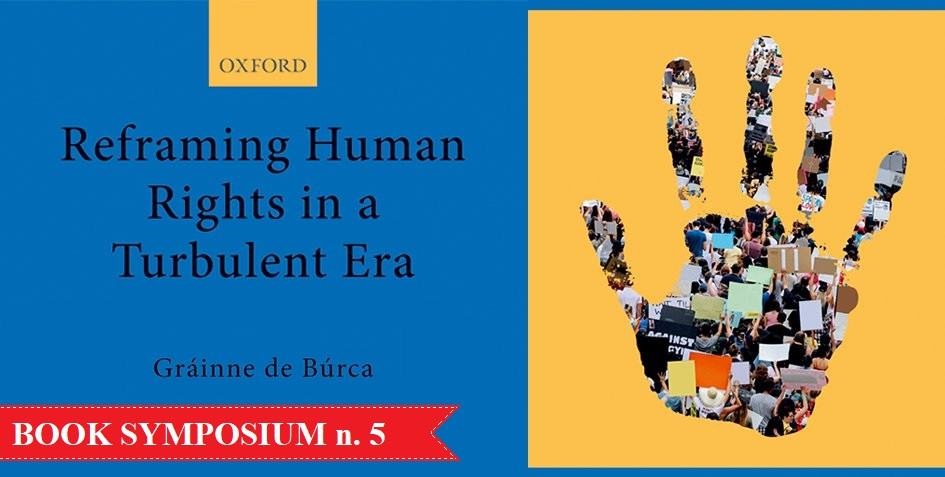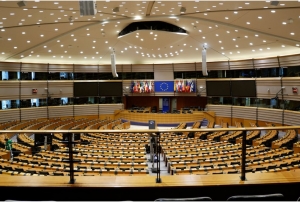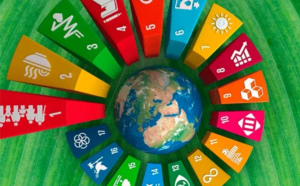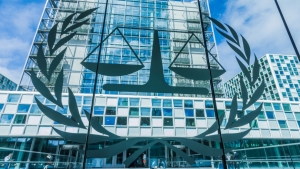Strategic Synergies in a Modern Age of Human Rights
Amidst rising uncertainty and a healthy level of unpredictability around the world, the current era of humanity can either be viewed as an opportunity for progress, or as a major threat to human existence. Taking on those variances and unexpected shocks head-on, Professor Gráinne de Búrca’s book, ‘Reframing Human Rights in a Turbulent Era’ suggests that the prevailing era is an opportune time to ‘renew and reinvigorate’ the human rights movement (234). Indeed, the book demonstrates real achievements for human rights gained through calculated cooperation between national and international actors.
It is useful to think of what the book aims to do, by explaining what it does not aim to do. The book does not advocate for an overhauling of the human rights movement, and neither does it purport to construct a new theoretical basis for international human rights institutions and processes. Instead, the text challenges conventional criticisms on the place and significance of that movement, and in this way, adds to the cluster of scholarship that advocates for the appropriate use of international human rights mechanisms.
A central premise of the text is that international processes are significant and appropriate means for human rights advocacy as well as accountability. Relatedly and equally important, it argues that ‘ongoing interaction’ between international and local actors has resulted in tangible human rights reform. This reform in turn supports long-lasting social transformation. Rather than viewing human rights advancement as a linear journey, de Búrca calls attention to more asymmetrical, and yet, mutually reinforcing collaborations between domestic actors and institutions and international human rights norms and structures.
The argument employs the use of three country-based case studies, from Argentina, Pakistan and Ireland, to demonstrate how international engagement has advanced human rights in the respective national contexts. An explanation of each state’s recent political situation is a fitting background on which to present the human rights experience. As individual, stand-alone examples, each case study is presented independently. The issues tackled in each also differ considerably. For starters, the case of Pakistan deals with the struggle for women’s rights and gender equality. In the case of Argentina, disability rights is the matter in question. In contrast, children’s rights and female reproductive rights are the subject of Ireland’s case. Through an experimentalist lens, de Búrca intends that the three case studies provide persuasive illustrations for continued use of international human rights fora.
The book’s strength lies in identifying domestic policy and legal reforms that were influenced by recommendations, discussions or advocacy at the international level. For Pakistan, parity between findings of treaty bodies and the Universal Period Review (UPR) on the state of human rights in regard to women and gender provided impetus for local civil society organisations. Two adjudicated cases in Argentina, the Naranjo case and the Rodriguez case are further examples. In the Naranjo case, the height of pressure for reform was a result of domestic campaigns bolstered in the international space, while for Rodriguez, soft law from the treaty Committee’s report was successfully relied upon in the litigation. Similarly, treaty review processes on the status of children’s rights in Ireland gave rise to parallel findings between the Convention on the Rights of the Child Committee and the UPR process.
The emphasis on the capacity of international processes to ‘bolster domestic mobilization’ thus stands out. Rather than privileging the interests of external powers/forces – as is often a major criticism of the international human rights movement – international processes are an essential ingredient in the twenty-first century human rights reform project. The centrality of the international is particularly true in contexts where despite best intentions, or even long-term campaigns, domestic groups do not wield sufficient weight to elicit human rights reform. Used strategically, international human rights structures (particularly treaty bodies and the UPR) can give the required impetus to domestic actors pursuing a human rights agenda.
Nonetheless, a limitation lies in the apparent distinctions between the three case studies, which render them insular. In what seems to be an acknowledgement of this restraint, the author does not employ the specific lessons of the independent case studies to address similar challenges in other contexts, or to offer prescriptions beyond these three countries. Arguments primarily rely on observations from each of the carefully selected case studies. Viewed in totality, the case studies do bear a fruitful analysis of an experimentalist account. Still, these contentions could be even more beneficial where deeper parallels could be drawn, whether that be similar conditions or adopted strategies on the part of human rights actors, or even unsuccessful pursuits by them or the state. Further, more easily comparable case studies could provide opportunity to quantify the contribution of the ‘ongoing interaction and contestation’ between domestic and international actors and institutions. Taking a leaf from non-legal disciplines, such findings could further support the leading argument in this study.
Finally, the book addresses five major threats to current and future human rights discourse, namely: the rise of political illiberalism, digitalization, climate change, rising inequality in both the developed and the developing worlds, and the COVID-19 pandemic. While all are extremely concerning, it is possible to view these perceived threats as motivations or drivers for human rights. In the case of all five, it can be argued that the most underdeveloped parts of the globe remain the most affected populations in this turbulent era. More the reason to capitalise on the interconnectedness of the international human rights movement in order to bolster the campaigns of local civil society and social movements, to strengthen domestic institutions and to participate in national debates on human rights norms. That way, reform is a much more likely possibility, especially for those who stand to benefit immensely.
Gráinne de Búrca’s book sheds light on the palpable influence of international human rights in domestic contexts. Three country case studies may be a faint light in view of numerous, varied global experiences. Nonetheless, the book remains an account of the indispensable worth of international human rights norms and structures. The book is useful for human rights practitioners and advocates who appreciate the intersection of domestic and international human rights, and especially those who seek to reap the maximum benefit possible by engaging in strategic interactions at national and international levels.






